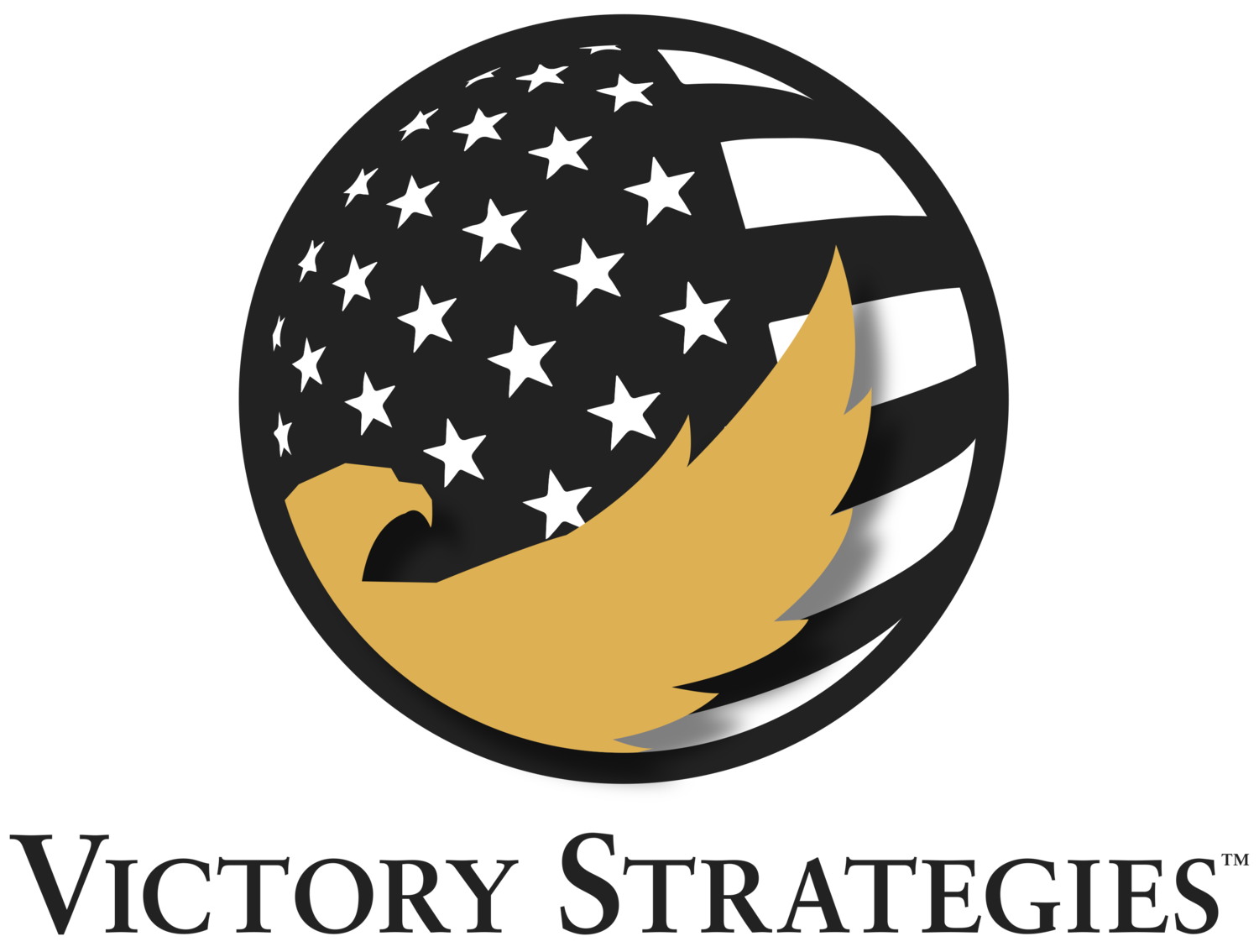As we enter 2025, it may be time to try a new tool, the Fighter Pilot Debrief, to elevate your team’s performance. The Fighter Pilot Debrief is a formalized after-action review with deliberate steps. Do you conduct after-action reviews? For what type of events (big projects/product demonstrations)? Is it a formal written report? What is the process?
When collaborating with clients, I often hear, “we’re too busy to debrief.” For every flight or evolution in military aviation, even moving aircraft in and out of the hangar, there is a process: Plan - Brief - Execute - Debrief. The process is followed in training to be prepared for combat, and time to debrief is set aside, even in combat. The most important stage in the sequence is execution; that’s the goal. When the execution is complete, avoid the impulse to move on to the next event. Fighter aircraft missions can be as short as 30 minutes. The mission debriefs are often four times that, two hours or even longer. Why? Because this is where the learning happens! A growth mindset is a differentiator for elite teams. They never settle for “good enough” and proactively seek continuous improvement. How do we grow? By conducting a debrief to analyze the effectiveness of the previous three stages: plan, brief, and execute.
Why debrief?
Learn from mistakes and failures - to not repeat them
Learn from what went right - to build repeatable processes
Learn from what went right despite the plan/actions (luck) - to adjust existing processes
In Naval Aviation, every landing aboard the aircraft carrier is graded and debriefed by the Landing Signal Officer, nicknamed “Paddles.” The grades are then posted in the Ready Room, which is the communal workspace, for everyone to see. Why do this? To learn from mistakes, ours, and others, in order to get better and fly safer landings.
The debrief process works with all types and sizes of organizations. It is not just applicable to the military. It is also scalable, from a small team to a large organization, the difference being the granularity of the topics discussed at each level.
The Fighter Pilot Debrief process:
List the objectives and assess performance
Determine debrief focus points – where objectives fell short or were not met
Reconstruct what happened
Identify contributing factors and root cause
Develop corrective actions
Implement the fix
Organizations that routinely conduct debriefs often neglect the last step, implement the fix, which is the reason to conduct the debrief in the first place. Part of implementing the fix is to follow up later to verify that the corrective actions have been applied. If not, then debrief why fixes have not been implemented.
Debriefs are essential for growth and a culture of excellence. The status quo is not the finish line. In fact, there isn’t a finish line. My Victory Strategies teammate, Samantha Weeks, and I recently had the privilege of sharing the Fighter Pilot Debrief process with Prudential and the Executive Leadership Development Program at Harvard Business School. If you’re looking to start the new year with a new tool to accelerate your leadership and your team’s performance, Victory Strategies is your partner.
Authored by: Chad Vincelette, Senior Director

